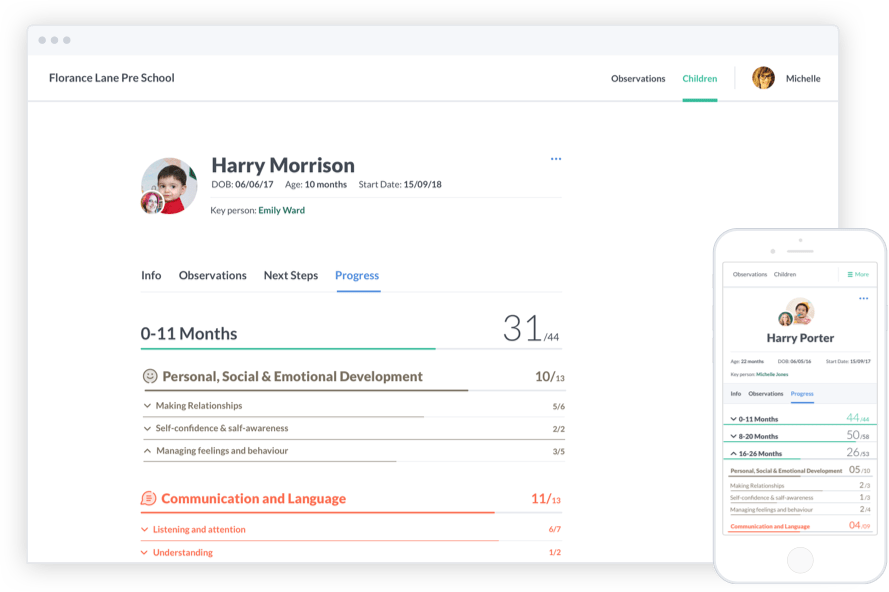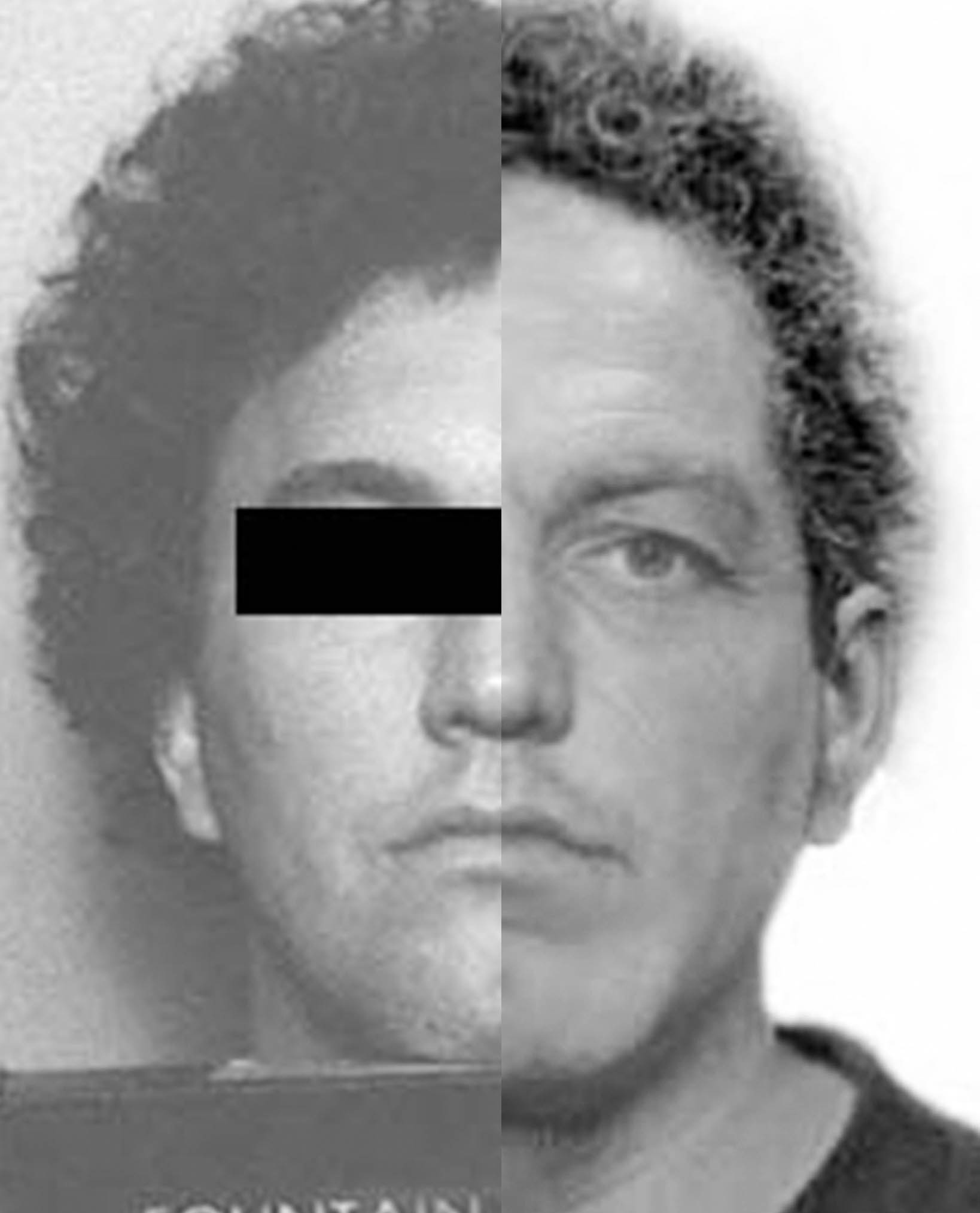All of our face and age lifestyle products inspire and engage customers through the use of powerful age progression technology encouraging behavioral change. Here you can access effects that show the ageing process alongside different habits including drinking, smoking, tanning, diet, exercise, stress, drugs and combinations thereof. Three Suzy and Marilyn Age Regression comics for a special price! Three Betsy and Lauren Age Regression comics for a special price! Free age progression downloads. Tracker for Final Fantasy XIV free companies, linkshells and characters by Simbiat Software.
April 9, 2014
It’s a guessing game parents like to ponder: What will my child look like when she grows up? A computer could now answer the question in less than a minute.
University of Washington researchers have developed software that automatically generates images of a young child’s face as it ages through a lifetime. The technique is the first fully automated approach for aging babies to adults that works with variable lighting, expressions and poses.

Using one photo of a 3-year-old, the software automatically renders images of his face at multiple ages while keeping his identity (and the milk moustache).U of Washington
“Aging photos of very young children from a single photo is considered the most difficult of all scenarios, so we wanted to focus specifically on this very challenging case,” said Ira Kemelmacher-Shlizerman, a UW assistant professor of computer science and engineering. “We took photos of children in completely unrestrained conditions and found that our method works remarkably well.”
The research team has posted a paper on the new technique and will present its findings at the June IEEE Computer Vision and Pattern Recognition conference in Columbus, Ohio.
The shape and appearance of a baby’s face – and variety of expressions – often change drastically by adulthood, making it hard to model and predict that change. This technique leverages the average of thousands of faces of the same age and gender, then calculates the visual changes between groups as they age to apply those changes to a new person’s face.
Age Progression Software Photographs
More specifically, the software determines the average pixel arrangement from thousands of random Internet photos of faces in different age and gender brackets. An algorithm then finds correspondences between the averages from each bracket and calculates the average change in facial shape and appearance between ages. These changes are then applied to a new child’s photo to predict how she or he will appear for any subsequent age up to 80.
The researchers tested their rendered images against those of 82 actual people photographed over a span of years. In an experiment asking random users to identify the correct aged photo for each example, they found that users picked the automatically rendered photos about as often as the real-life ones.
A single photo of a child (far left) is age progressed (left in each pair) and compared to actual photos of the same person at the corresponding age (right in each pair).U of Washington
“Our extensive user studies demonstrated age progression results that are so convincing that people can’t distinguish them from reality,” said co-author Steven Seitz, a UW professor of computer science and engineering. “When shown images of an age-progressed child photo and a photo of the same person as an adult, people are unable to reliably identify which one is the real photo.”
Real-life photos of children are difficult to age-progress, partly due to variable lighting, shadows, funny expressions and even milk moustaches. To compensate for these effects, the algorithm first automatically corrects for tilted faces, turned heads and inconsistent lighting, then applies the computed shape and appearance changes to the new child’s face.
Perhaps the most common application of age progression work is for rendering older versions of missing children. These renderings usually are created manually by an artist who uses photos of the child as well as family members, and editing software to account for common changes to a child’s face as it ages, including vertical stretching, wrinkles and a longer nose.
But this process takes time, and it’s significantly harder to produce an accurate image for children younger than age 5, when facial features more closely resemble that of a baby.
- In each of these morphs, the left image is the starting input photo and the right image will transform to age 80 to show the automatic aging process.
The automatic age-progression software can run on a standard computer and takes about 30 seconds to generate results for one face. While this method considered gender and age, the research team that also includes UW doctoral student Supasorn Suwajanakorn hopes to incorporate other identifiers such as ethnicity, and cosmetic factors such as hair whitening and wrinkles to build a robust enough method for representing every human face.

Forensic Age Progression Software

“I’m really interested in trying to find some representation of everyone in the world by leveraging the massive amounts of captured face photos,” Kemelmacher-Shlizerman said. “The aging process is one of many dimensions to consider.”
Age Progression Software Online
This research was funded by Google and Intel Corp.
Age Progression Software Free Online
###

For more information, contact Kemelmacher-Shlizerman at kemelmi@cs.washington.edu or 206-616-0621.
Tag(s): College of Engineering • Ira Kemelmacher-Shlizerman • Paul G. Allen School of Computer Science & Engineering • Steve Seitz
Just wanted to share these age progression tools with you guys. Off and on over the years, I have often wondered what my deceased sibbling would looklike if he were still alive today. Never found anything online until now. I have always been curious... Now I'll get to find out.
Thought you guys would like to see this too, I really don't want to see MINE but lol you might want to check out how you might look as you age or youmay have some loved one that you would like to see aged/what they would look like.
Enjoy!
Image Progression Tools
You can actually look at yourself in terms of age progression with a little help from tools based on an actual image of yourself. Here are some of thegreat applications:
age-me.com: Upload a photo of yourself, and then watch as it is aged before your eyes. You can even set differentfactors that might influence the way you age. An interesting way to consider your own path of aging, and how it will affect your looks.
Photoshop:
You probably will not be surprised to learn that PhotoShop offers the ability to show age progression. This handy tutorial shows you how to make ithappen.
Face of the Future: You can look and see how you might change over the years.Upload your own picture and see how you are likely to change in the future. A great, free tool that provides you with interesting insight.
MyWebFace: You can see your age progressionwith this animation. Turn yourself into a cartoon figure — and then watch that figure age. Also helps you turn it into an avatar that you can use onyour profile pages.
In20Years.com: Cool age progression tool that allows you to age yourself by 20 years. Upload your photo, and thenget an idea of how you will look after 20 years have passed.
ThatsMyFace: Transform your face. See your face in 3D, see yourself as older and even create personalized gifts andmerchandise using this web tool. One of the funnest options is creating a personalized action figure using your face.
Face Transformer: Use this web tool from the Perception Laboratory to change how you look. Cool toolalso lets you change race or sex on top of age. You can also place yourself in a famous painting, or even see what you look like as a Manga character.
GIMP: You can manipulate pictures, including based on age, using the GNU program that allows you to accomplishinteresting feats with your face. Helpful and fun
Portrait Professional: Lets you change images and more. You can also add age, on top of being able toretouch and enhance photos.
HourFace: This is actually an iPhone app that allows you to age animage. You can do even do it by the hour, to see how much older you can look in one day.
Your Shape Picture Progress: Helps you take pictures overtime, and then create a movie showing your progression. Can help you track weight loss, as well as your age progression.
Make-Me-Old: If you don’t mind paying a subscription fee, you canuse this age progression software to see how you will look as you get older. Claims to use FBI grade software to age you.
PhoJoe: This photo art service can help with age progression. However, it is quite pricey,since it is considered forensic art.
www.mastersingerontology.com...